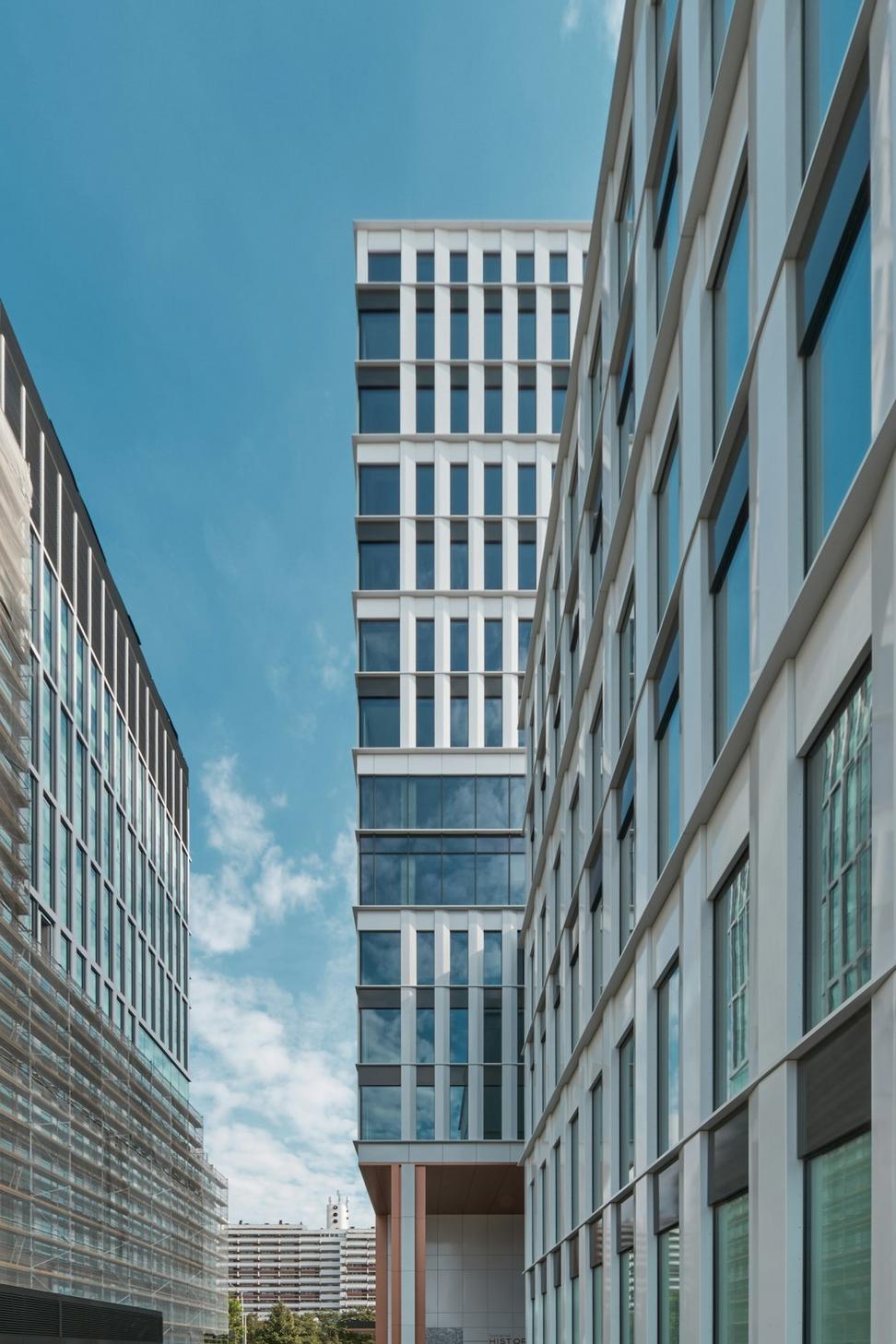
Building for Tomorrow
Our planet doesn't need more buildings - it needs better ones
Look, I'll be honest - when I started in this field back in 2009, "green building" was mostly just marketing fluff. But things've changed, and so have we. Every project that leaves our studio now has to answer one question: does this make the world a bit better, or are we just adding more concrete to the problem?
We're not perfect, and we don't claim to be. But we've been pushing ourselves hard to design buildings that actually give back more than they take. It's tougher than it sounds, trust me. You've got budget constraints, client expectations, building codes that haven't caught up with reality yet... but that's exactly why it matters.
Our approach isn't about slapping solar panels on everything and calling it a day. It's about rethinking how buildings breathe, how they use water, how they fit into their neighborhoods, and yeah - how they'll hold up 50 years from now when we're not around to fix our mistakes.
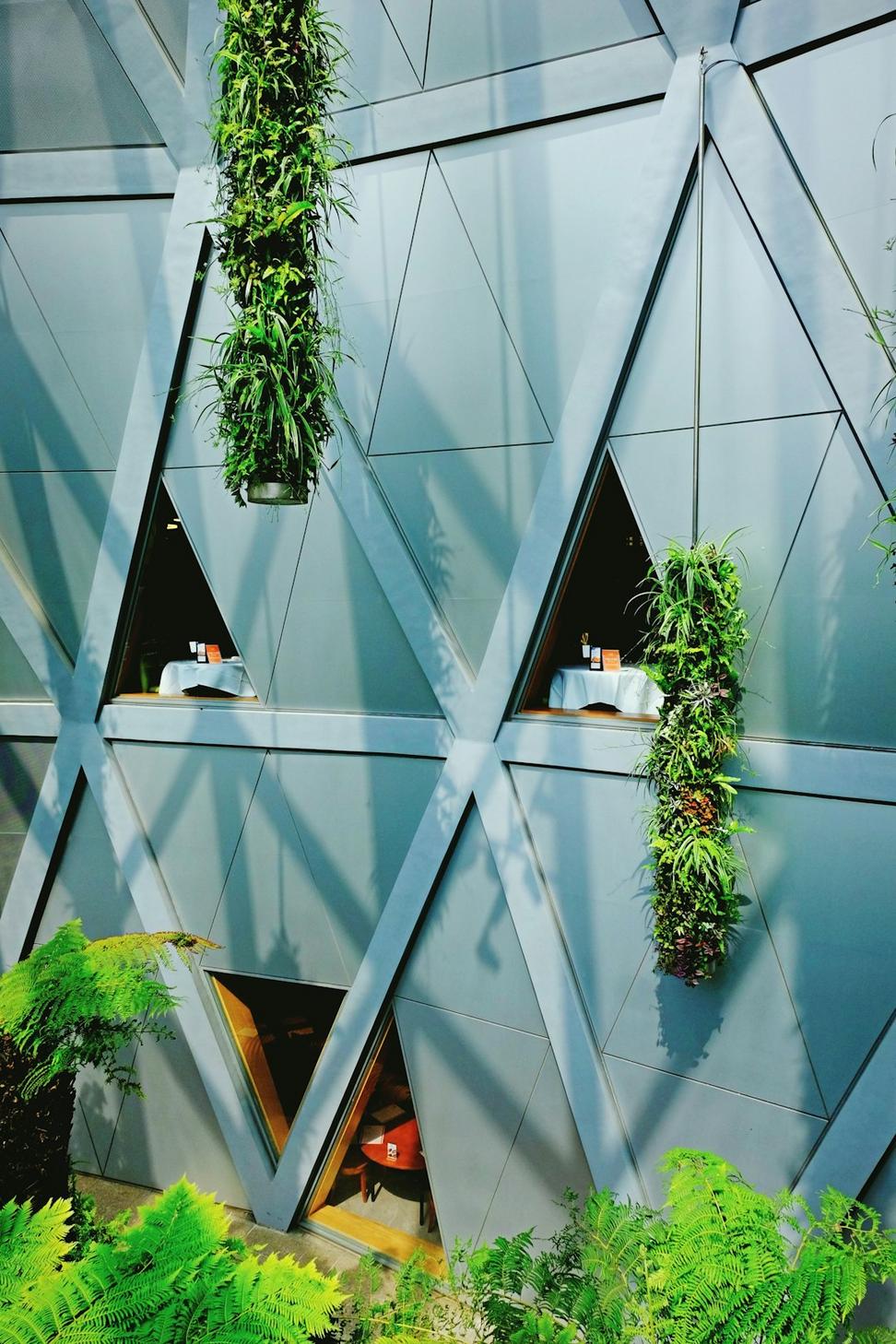
We've got three LEED APs on staff who actually know what they're doing. Not just checkbox pushers - they've been in the trenches.
Completed our first Passive House project in 2021 and haven't looked back. The energy savings are wild.
Active members since 2012. We don't just attend conferences - we help shape the conversation around green building in Canada.
We track and report energy performance on all our projects. Accountability matters.
Here's what we've actually accomplished - not projections or marketing speak, but real data from completed projects over the past 5 years.
Compared to baseline code requirements. Our best project hit 67%, which honestly surprised even us.
That's roughly equivalent to taking 520 cars off the road for a year. Not bad, but we're aiming higher.
From landfills through recycling and reuse. Getting that last 17% is gonna be tough, but we're working on it.
Forget the glossy brochures - here's what we're specifying on real projects, with real budgets, for real clients who still want beautiful spaces.
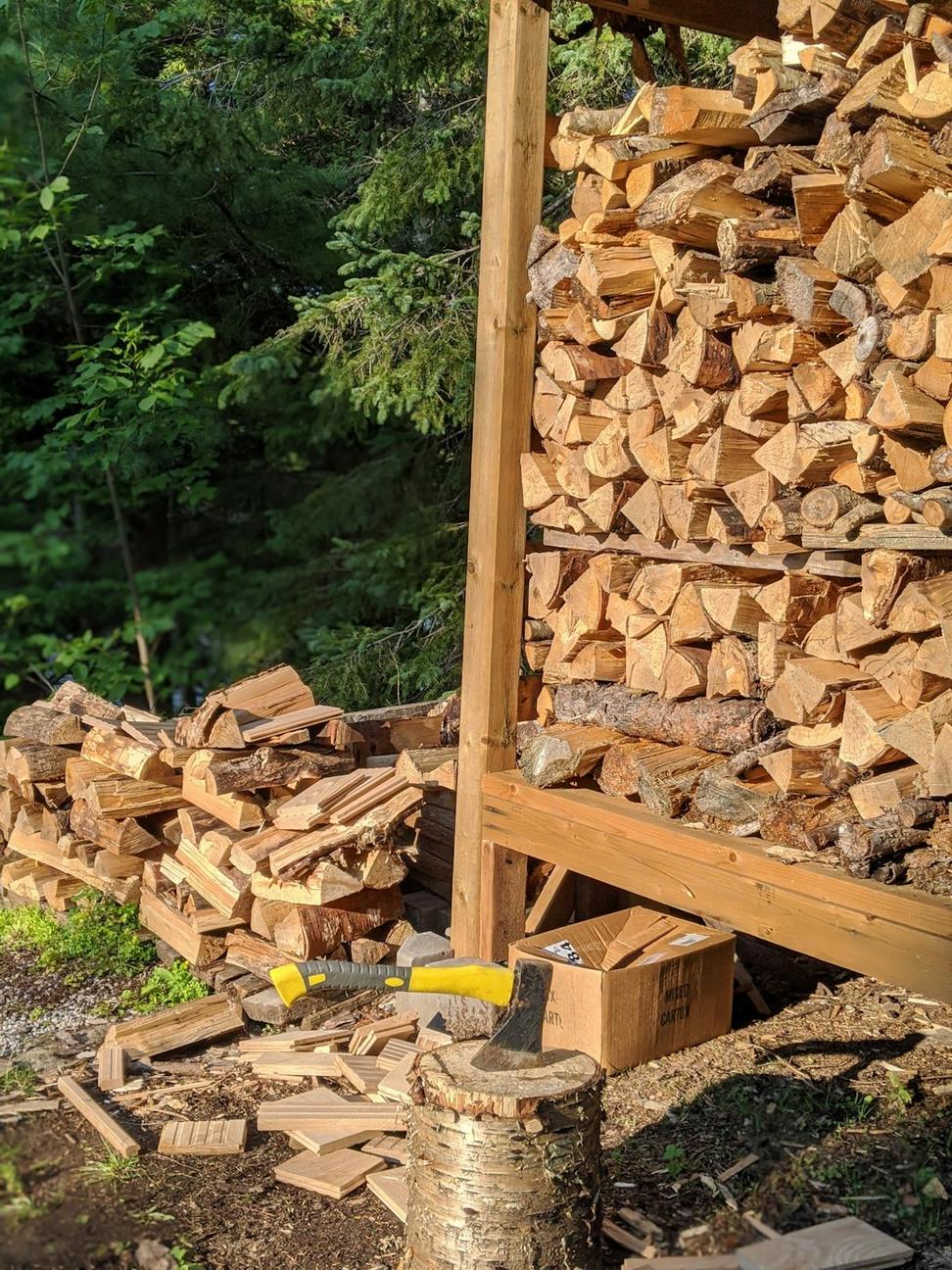
We've partnered with three local salvage yards in the GTA. Old barn wood, factory beams, even deconstructed houses - if it's got character and structural integrity, we'll find a use for it.
Carbon footprint: About 80% less than new timber
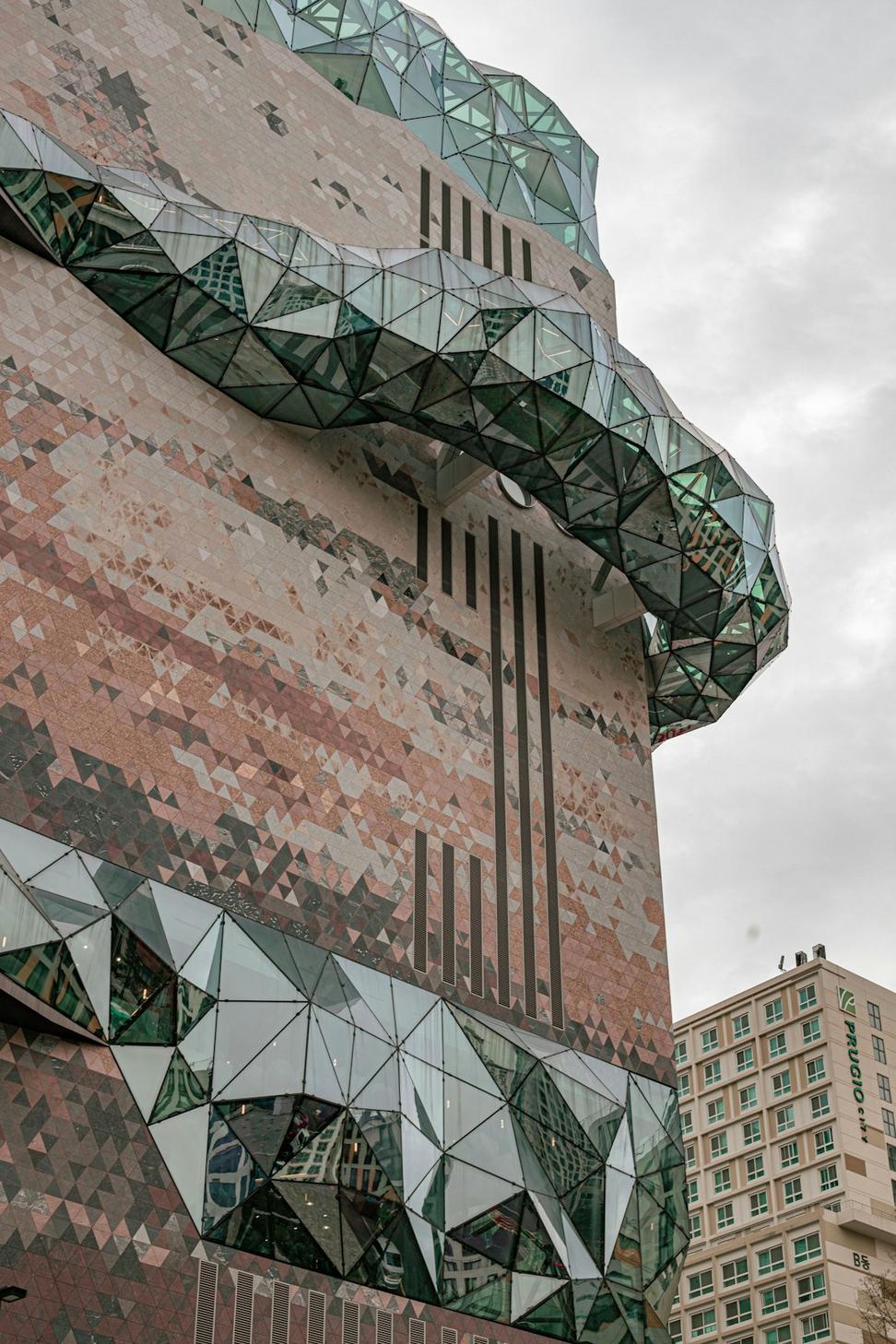
Most steel already contains recycled content, but we push for 90%+ whenever possible. Yeah, it costs a bit more upfront, but the structural performance is identical.
Embodied energy: 75% reduction vs. virgin material
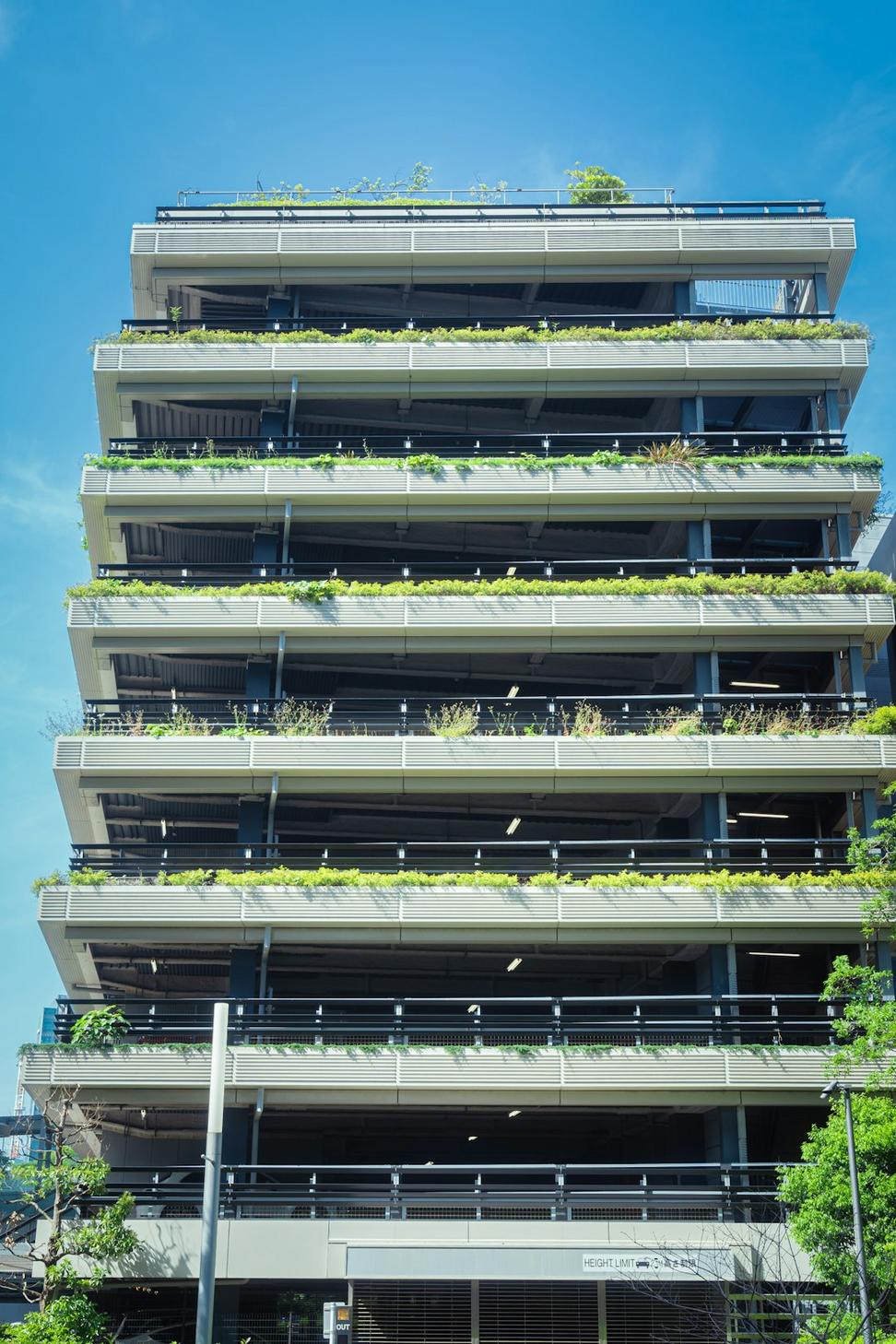
Concrete's a problem - no way around it. But we're using supplementary cementitious materials like fly ash and slag to cut the Portland cement content by 30-50%.
CO2 reduction: Up to 40% per cubic meter
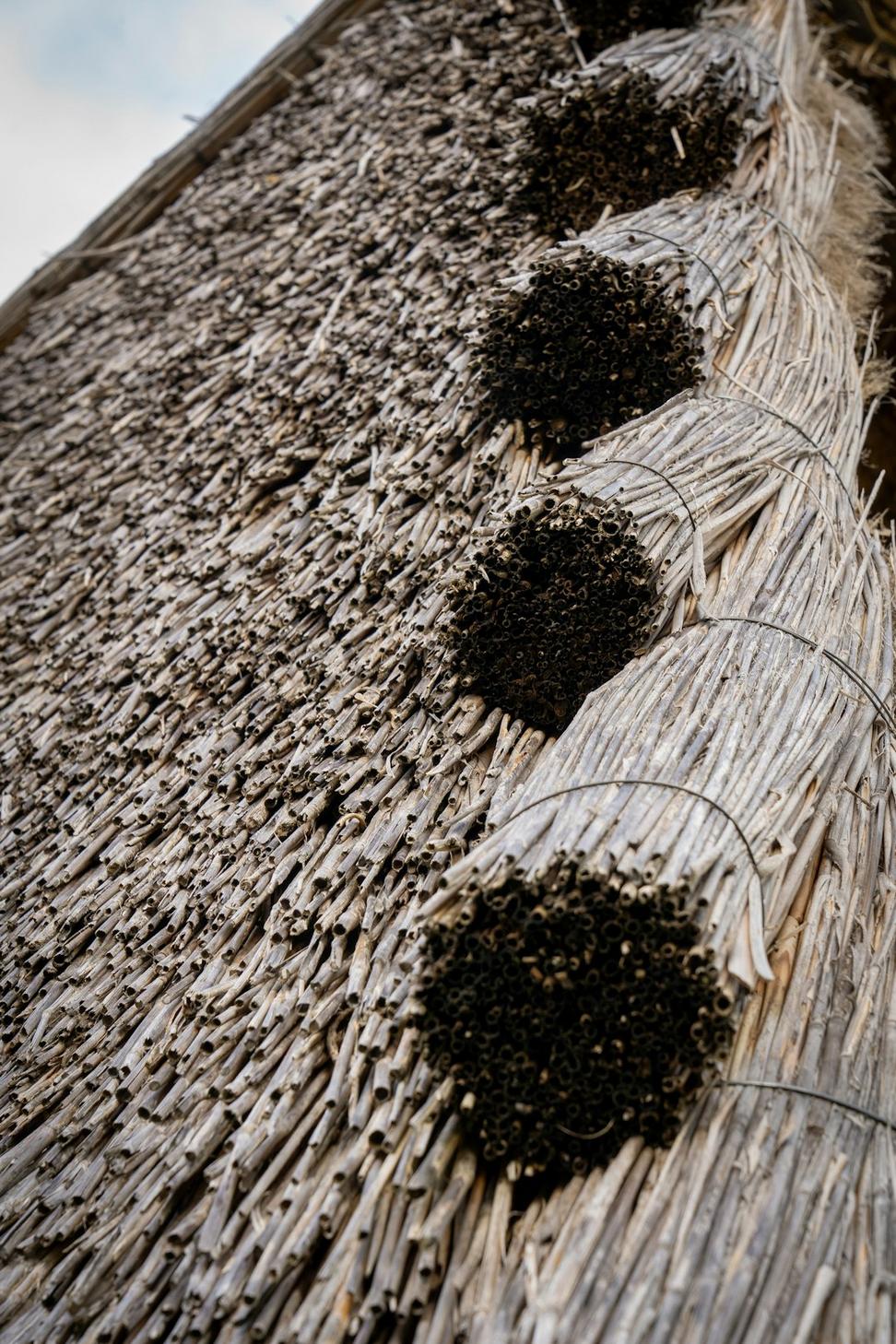
Cellulose, sheep's wool, hemp - sounds hippie, performs great. R-values that match or beat conventional stuff, without the off-gassing headaches.
Bonus: Better acoustic performance too
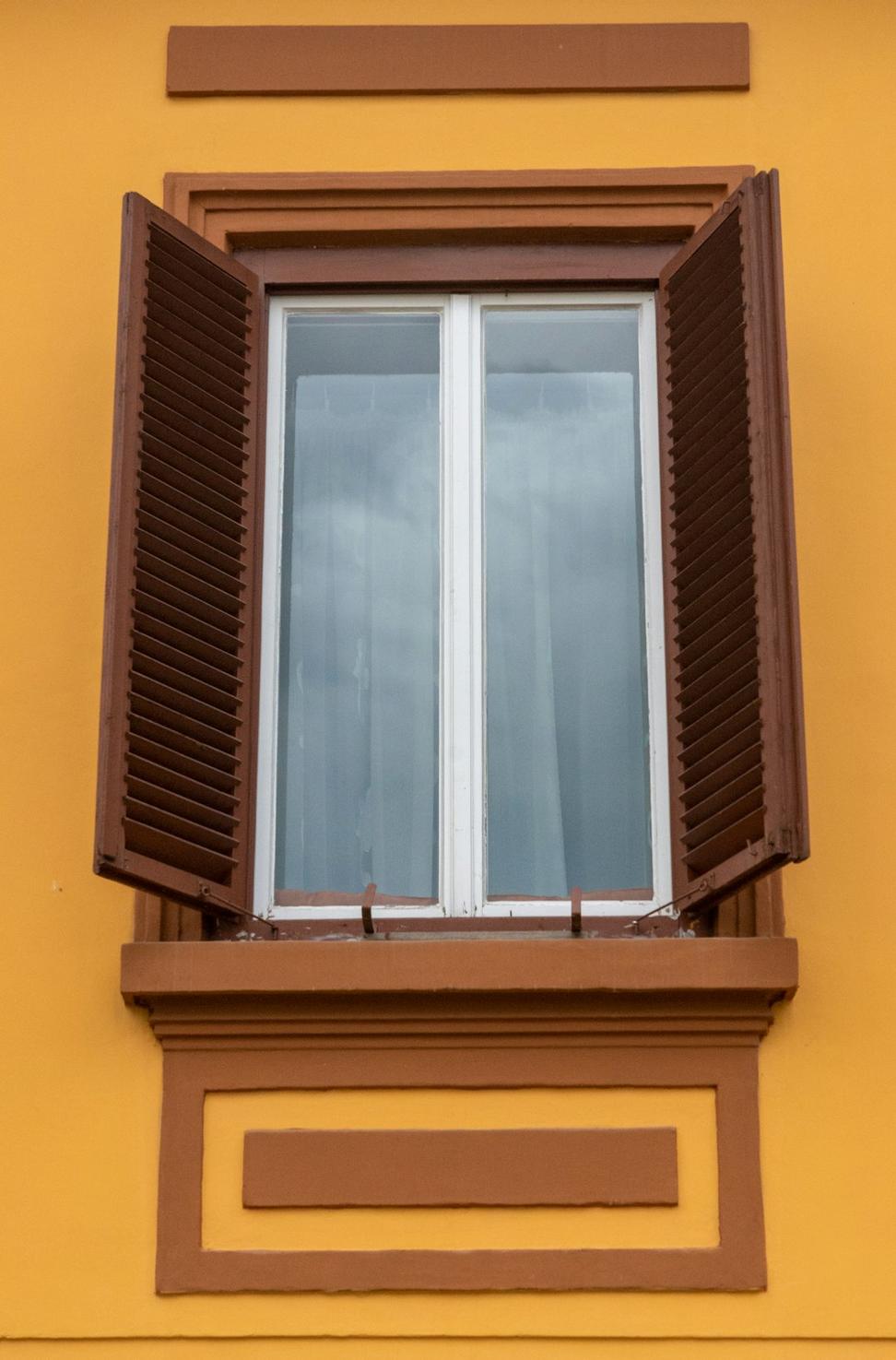
The upcharge isn't as bad as it used to be, especially with local manufacturers stepping up. U-values below 0.8 are becoming standard for us.
Payback period: Usually 7-10 years in Toronto climate
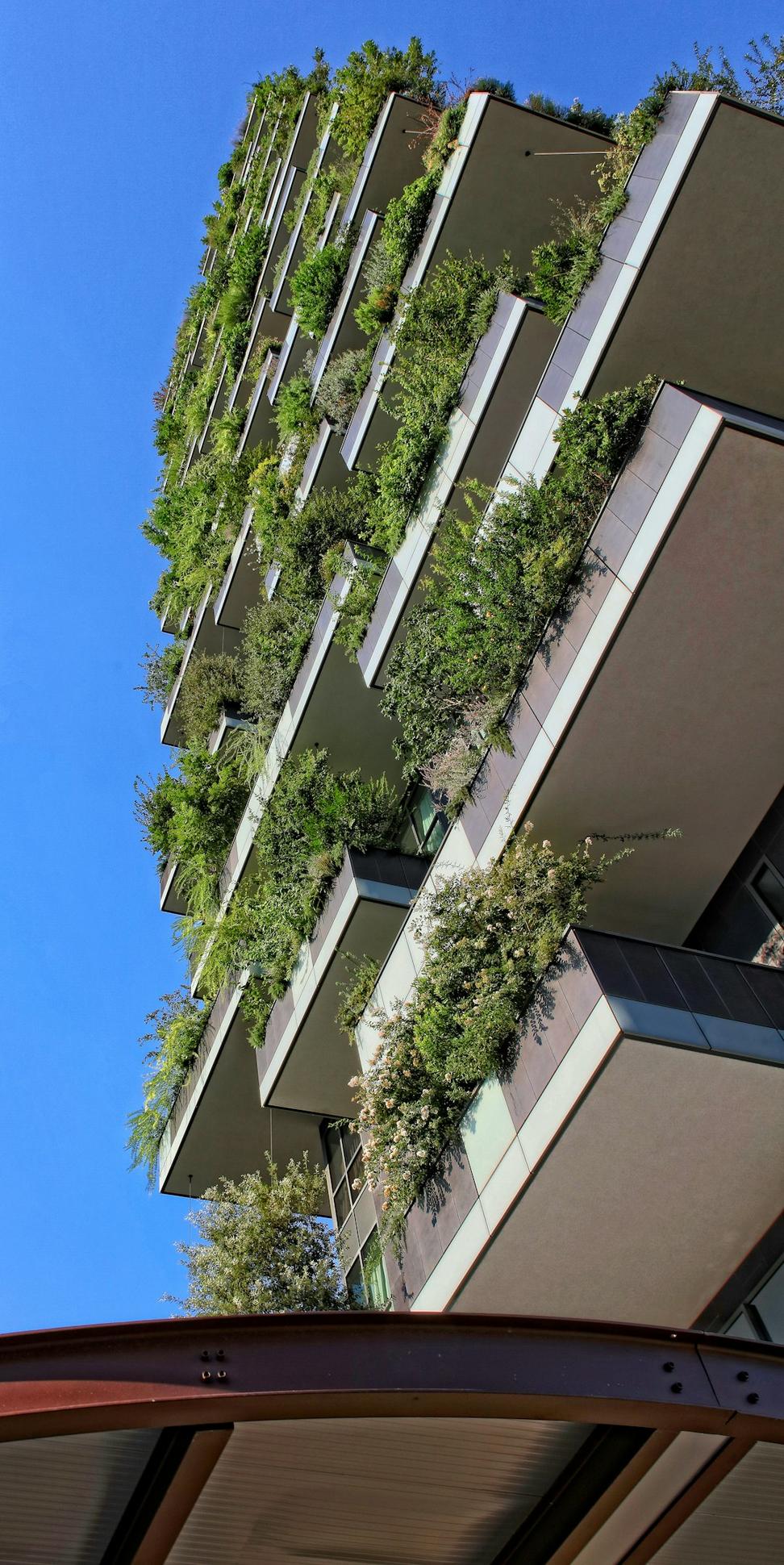
Not just for show - they actually work. Stormwater management, urban heat island effect, extended membrane life. We've installed over 15,000 sq ft in the last three years.
Stormwater retention: 50-80% depending on depth
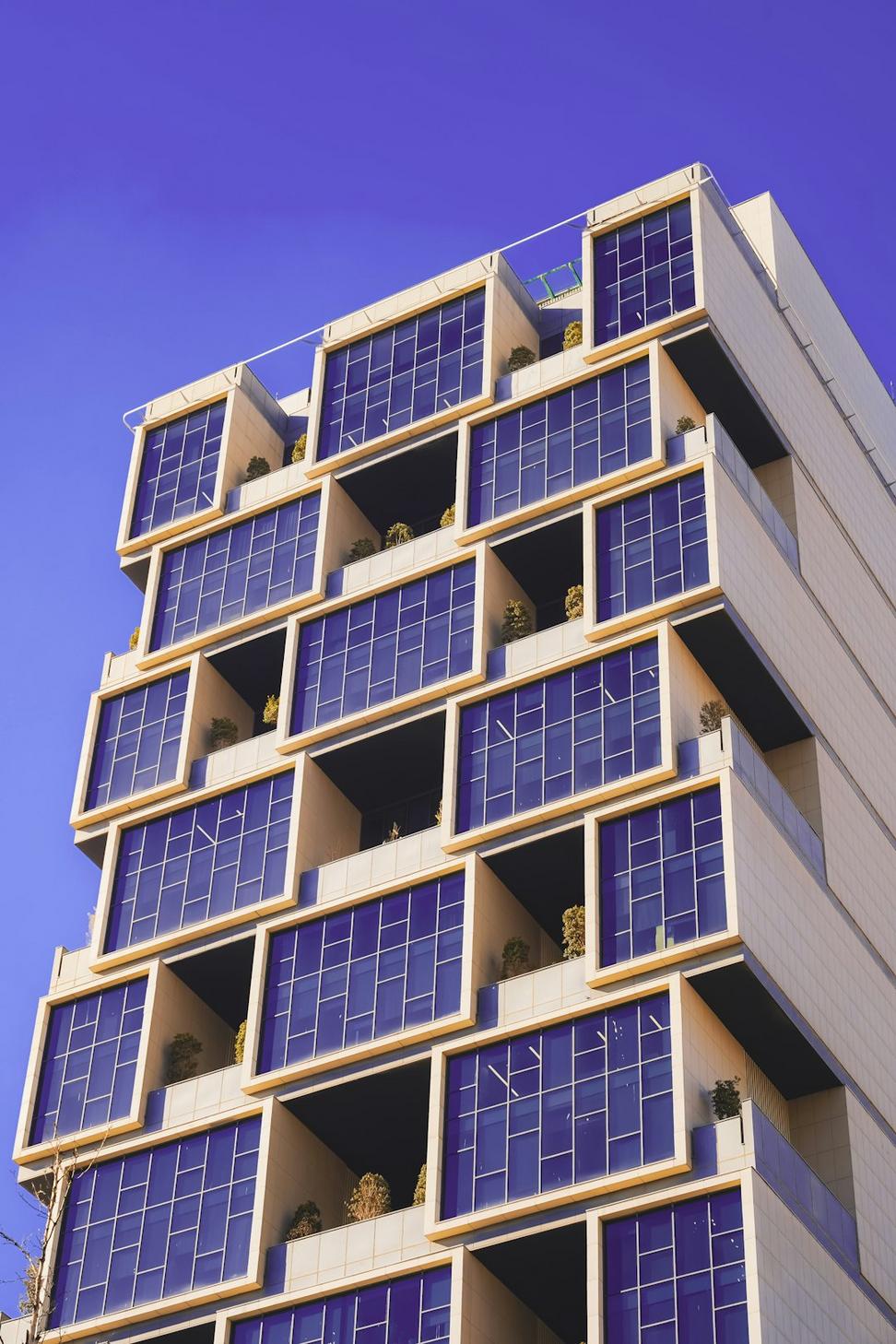
Here's the thing about renewables - they're not magic. Solar panels won't fix a building that's hemorrhaging energy through poor insulation. So we start with the basics: orientation, envelope, passive strategies. Get that right first.
Then we layer on the tech. Solar PV where it makes sense (not every roof is ideal, despite what salespeople say). Ground-source heat pumps if the site allows. Smart building systems that actually learn and adapt, not just expensive thermostats.
Our goal? Net-zero ready on every project by 2027. That means buildings designed to produce as much energy as they consume. Some clients want to go all-in right away, others phase it in. Either way, we're building the bones for it from day one.
Let's Talk Energy StrategySustainability's a moving target. Here's what we're currently geeking out about and implementing in upcoming projects.
Cross-laminated timber and glulam are game-changers. We're designing our first mid-rise CLT building right now, and the carbon sequestration numbers are impressive.
Designing for disassembly and material reuse. What happens to this building in 50 years? Can components be salvaged? We're starting to ask these questions upfront.
Connecting occupants with nature isn't just feel-good stuff - it's backed by solid research on productivity, health, and wellbeing. Living walls, natural light, views - it all matters.
The greenest building is the one that's already built. We're taking on more heritage and retrofit projects - there's incredible potential in existing structures.
Rainwater harvesting, greywater recycling, permeable surfaces. Toronto's water rates are climbing, and droughts are getting more common. Time to get serious about water.
We're running lifecycle assessments on all major projects now. It's eye-opening how much carbon is locked up in materials before the building even opens.
Let's talk about what sustainable design can actually do for your project - no greenwashing, just honest conversation about possibilities and trade-offs.